
What the election result means for the #1 threat to Australia’s environment
The 2022 federal election has been labelled a “greenslide”, with Australians turning out to vote for action on climate change and the environment.

The 2022 federal election has been labelled a “greenslide”, with Australians turning out to vote for action on climate change and the environment.

Today’s announcement by Labor to dedicate $24.8 million to tackle yellow crazy ant infestations in Cairns and Townsville regions if it wins the next federal election would bring much needed relief to northern Queensland from this destructive invasive pest.
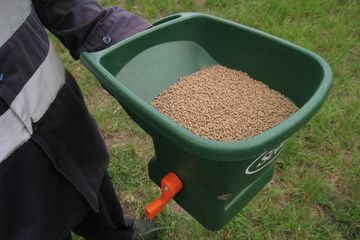
The Coalition’s announcement of $3 million for the next 12 months of the yellow crazy eradication program is welcome, as federal funding for the program will run out in June.
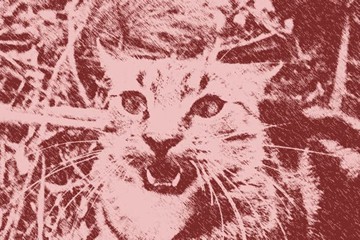
Cat-lover or not, none of us can escape the devastating impacts feral and pet cats are having on Australia’s wildlife.
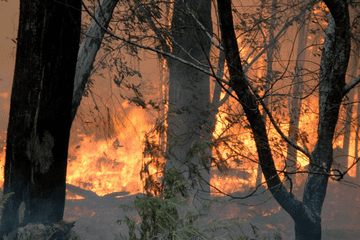
Our election guide to what needs to be done to tackle the #1 threat to our environment.
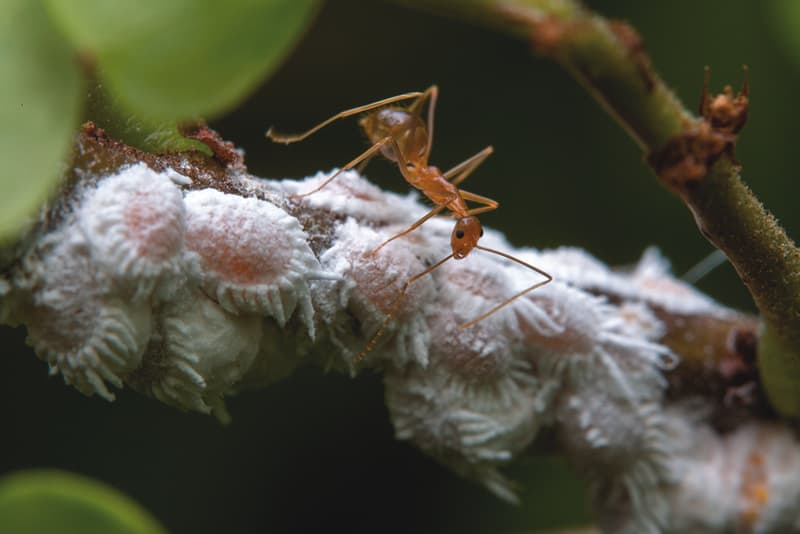
A new report developed by the CSIRO and the Centre for Invasive Species Solutions details how and why invasive species are the major threat to Australia’s threatened species — currently ahead of habitat destruction and climate change.

If you are out and about over summer try observing and identifying insects. It’s fun and you could even end up discovering a dangerous new pest insect!

One of the world’s worst invasive species, the yellow crazy ant, is a growing problem in and around Townsville.
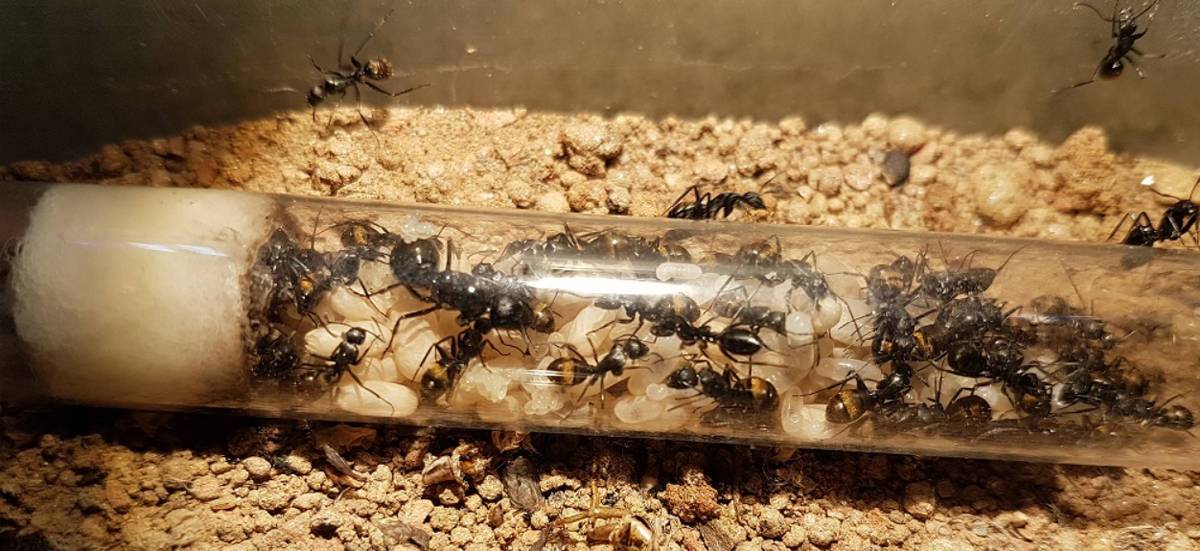
An investigation into the online sale of ants has revealed a disturbing global trade that offers up some of the world’s most dangerous ants as pets.

Tim Low exposes a global trade in ‘pet ants’ that could unleash waves of environmentally destructive new ant invasions.

Tim Low introduces Insect Watch, a handy guide for anyone interested in identifying and reporting potential new pest species.

Help protect Australia’s dry tropics and Wet Tropics World Heritage Area from the march of yellow crazy ants.

Australia’s love affair with imported fresh flowers runs the risk of introducing deadly insect invaders into the country, warns Tim Low.

The Invasive Species Council today released its scorecard on where Queensland political parties stand when it comes to protecting the state from invasive yellow crazy

A new report warns urgent federal and state government funding is needed to stop the spread of invasive, acid-spraying yellow crazy ants in Townsville.

The 2022 federal election has been labelled a “greenslide”, with Australians turning out to vote for action on climate change and the environment.

Today’s announcement by Labor to dedicate $24.8 million to tackle yellow crazy ant infestations in Cairns and Townsville regions if it wins the next federal election would bring much needed relief to northern Queensland from this destructive invasive pest.

The Coalition’s announcement of $3 million for the next 12 months of the yellow crazy eradication program is welcome, as federal funding for the program will run out in June.

Cat-lover or not, none of us can escape the devastating impacts feral and pet cats are having on Australia’s wildlife.

Our election guide to what needs to be done to tackle the #1 threat to our environment.

A new report developed by the CSIRO and the Centre for Invasive Species Solutions details how and why invasive species are the major threat to Australia’s threatened species — currently ahead of habitat destruction and climate change.

If you are out and about over summer try observing and identifying insects. It’s fun and you could even end up discovering a dangerous new pest insect!

One of the world’s worst invasive species, the yellow crazy ant, is a growing problem in and around Townsville.

An investigation into the online sale of ants has revealed a disturbing global trade that offers up some of the world’s most dangerous ants as pets.

Tim Low exposes a global trade in ‘pet ants’ that could unleash waves of environmentally destructive new ant invasions.

Tim Low introduces Insect Watch, a handy guide for anyone interested in identifying and reporting potential new pest species.

Help protect Australia’s dry tropics and Wet Tropics World Heritage Area from the march of yellow crazy ants.

Australia’s love affair with imported fresh flowers runs the risk of introducing deadly insect invaders into the country, warns Tim Low.

The Invasive Species Council today released its scorecard on where Queensland political parties stand when it comes to protecting the state from invasive yellow crazy

A new report warns urgent federal and state government funding is needed to stop the spread of invasive, acid-spraying yellow crazy ants in Townsville.

The 2022 federal election has been labelled a “greenslide”, with Australians turning out to vote for action on climate change and the environment.

Today’s announcement by Labor to dedicate $24.8 million to tackle yellow crazy ant infestations in Cairns and Townsville regions if it wins the next federal election would bring much needed relief to northern Queensland from this destructive invasive pest.

The Coalition’s announcement of $3 million for the next 12 months of the yellow crazy eradication program is welcome, as federal funding for the program will run out in June.

Cat-lover or not, none of us can escape the devastating impacts feral and pet cats are having on Australia’s wildlife.

Our election guide to what needs to be done to tackle the #1 threat to our environment.

A new report developed by the CSIRO and the Centre for Invasive Species Solutions details how and why invasive species are the major threat to Australia’s threatened species — currently ahead of habitat destruction and climate change.

If you are out and about over summer try observing and identifying insects. It’s fun and you could even end up discovering a dangerous new pest insect!

One of the world’s worst invasive species, the yellow crazy ant, is a growing problem in and around Townsville.

An investigation into the online sale of ants has revealed a disturbing global trade that offers up some of the world’s most dangerous ants as pets.

Tim Low exposes a global trade in ‘pet ants’ that could unleash waves of environmentally destructive new ant invasions.

Tim Low introduces Insect Watch, a handy guide for anyone interested in identifying and reporting potential new pest species.

Help protect Australia’s dry tropics and Wet Tropics World Heritage Area from the march of yellow crazy ants.

Australia’s love affair with imported fresh flowers runs the risk of introducing deadly insect invaders into the country, warns Tim Low.

The Invasive Species Council today released its scorecard on where Queensland political parties stand when it comes to protecting the state from invasive yellow crazy

A new report warns urgent federal and state government funding is needed to stop the spread of invasive, acid-spraying yellow crazy ants in Townsville.
Get our blog the Feral Herald delivered to your inbox.
Our protected areas are being trashed, trampled, choked and polluted by an onslaught of invaders. Invasive species are already the overwhelming driver of our animal extinction rate, and are expected to cause 75 of the next 100 extinctions.
But you can help to turn this around and create a wildlife revival in Australia.
From numbats to night parrots, a tax-deductible donation today can help defend our wildlife against the threat of invasive weeds, predators, and diseases.
As the only national advocacy environment group dedicated to stopping this mega threat, your gift will make a big difference.
A silent crisis is unfolding across Australia. Every year, billions of native animals are hunted and killed by cats and foxes. Fire ants continue to spread and threaten human health. And the deadly strain of bird flu looms on the horizon. Your donation today will be used to put the invasive species threat in the media, make invasive species a government priority, ensure governments take rapid action to protect nature and our remarkable native wildlife from invasives-led extinction, death and destruction.
If you are having trouble submitting a form, please read this guide.
Please fill out the following form and one of our team will be in contact to assist as soon as possible. Please make sure to include any helpful information, such as the device you were using (computer, tablet or mobile phone) and if known, your browser (Mozilla Firefox, Chrome, Safari etc)
"*" indicates required fields
Dear Project Team,
[YOUR PERSONALISED MESSAGE WILL APPEAR HERE.]
I support the amendment to the Kosciuszko National Park Wild Horse Heritage Management Plan to allow our incredible National Parks staff to use aerial shooting as one method to rapidly reduce feral horse numbers. I want to see feral horse numbers urgently reduced in order to save the national park and our native wildlife that live there.
The current approach is not solving the problem. Feral horse numbers have rapidly increased in Kosciuszko National Park to around 18,000, a 30% jump in just the past 2 years. With the population so high, thousands of feral horses need to be removed annually to reduce numbers and stop our National Park becoming a horse paddock. Aerial shooting, undertaken humanely and safely by professionals using standard protocols, is the only way this can happen.
The government’s own management plan for feral horses states that ‘if undertaken in accordance with best practice, aerial shooting can have the lowest negative animal welfare impacts of all lethal control methods’.
This humane and effective practice is already used across Australia to manage hundreds of thousands of feral animals like horses, deer, pigs, and goats.
Trapping and rehoming of feral horses has been used in Kosciuszko National Park for well over a decade but has consistently failed to reduce the population, has delayed meaningful action and is expensive. There are too many feral horses in the Alps and not enough demand for rehoming for it to be relied upon for the reduction of the population.
Fertility control as a management tool is only effective for a small, geographically isolated, and accessible population of feral horses where the management outcome sought is to maintain the population at its current size. It is not a viable option to reduce the large and growing feral horse population in the vast and rugged terrain of Kosciuszko National Park.
Feral horses are trashing and trampling our sensitive alpine ecosystems and streams, causing the decline and extinction of native animals. The federal government’s Threatened Species Scientific Committee has stated that feral horses ‘may be the crucial factor that causes final extinction’ for 12 alpine species.
I recognise the sad reality that urgent and humane measures are necessary to urgently remove the horses or they will destroy the Snowies and the native wildlife that call the mountains home. I support a healthy national park where native species like the Corroboree Frog and Mountain Pygmy Possum can thrive.
Dear Project Team,
[YOUR PERSONALISED MESSAGE WILL APPEAR HERE.]
I support the amendment to the Kosciuszko National Park Wild Horse Heritage Management Plan to allow our incredible National Parks staff to use aerial shooting as one method to rapidly reduce feral horse numbers. I want to see feral horse numbers urgently reduced in order to save the national park and our native wildlife that live there.
The current approach is not solving the problem. Feral horse numbers have rapidly increased in Kosciuszko National Park to around 18,000, a 30% jump in just the past 2 years. With the population so high, thousands of feral horses need to be removed annually to reduce numbers and stop our National Park becoming a horse paddock. Aerial shooting, undertaken humanely and safely by professionals using standard protocols, is the only way this can happen.
The government’s own management plan for feral horses states that ‘if undertaken in accordance with best practice, aerial shooting can have the lowest negative animal welfare impacts of all lethal control methods’.
This humane and effective practice is already used across Australia to manage hundreds of thousands of feral animals like horses, deer, pigs, and goats.
Trapping and rehoming of feral horses has been used in Kosciuszko National Park for well over a decade but has consistently failed to reduce the population, has delayed meaningful action and is expensive. There are too many feral horses in the Alps and not enough demand for rehoming for it to be relied upon for the reduction of the population.
Fertility control as a management tool is only effective for a small, geographically isolated, and accessible population of feral horses where the management outcome sought is to maintain the population at its current size. It is not a viable option to reduce the large and growing feral horse population in the vast and rugged terrain of Kosciuszko National Park.
Feral horses are trashing and trampling our sensitive alpine ecosystems and streams, causing the decline and extinction of native animals. The federal government’s Threatened Species Scientific Committee has stated that feral horses ‘may be the crucial factor that causes final extinction’ for 12 alpine species.
I recognise the sad reality that urgent and humane measures are necessary to urgently remove the horses or they will destroy the Snowies and the native wildlife that call the mountains home. I support a healthy national park where native species like the Corroboree Frog and Mountain Pygmy Possum can thrive.